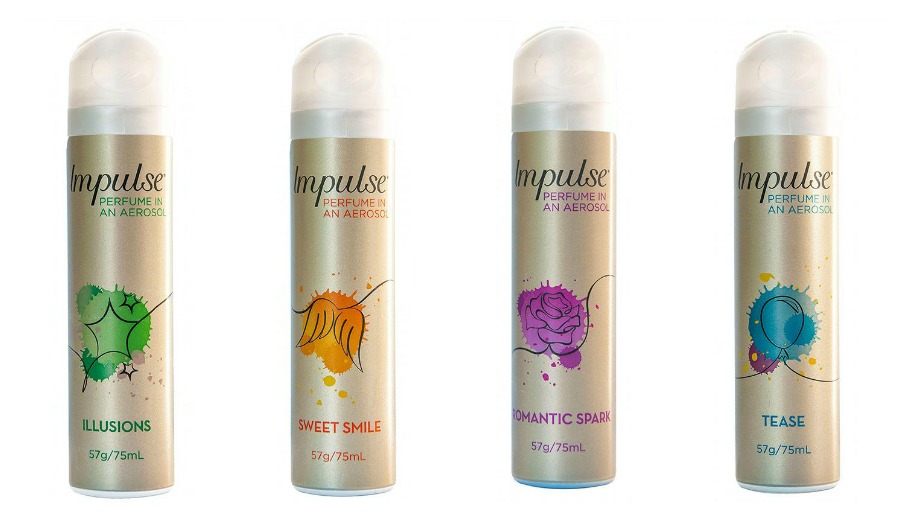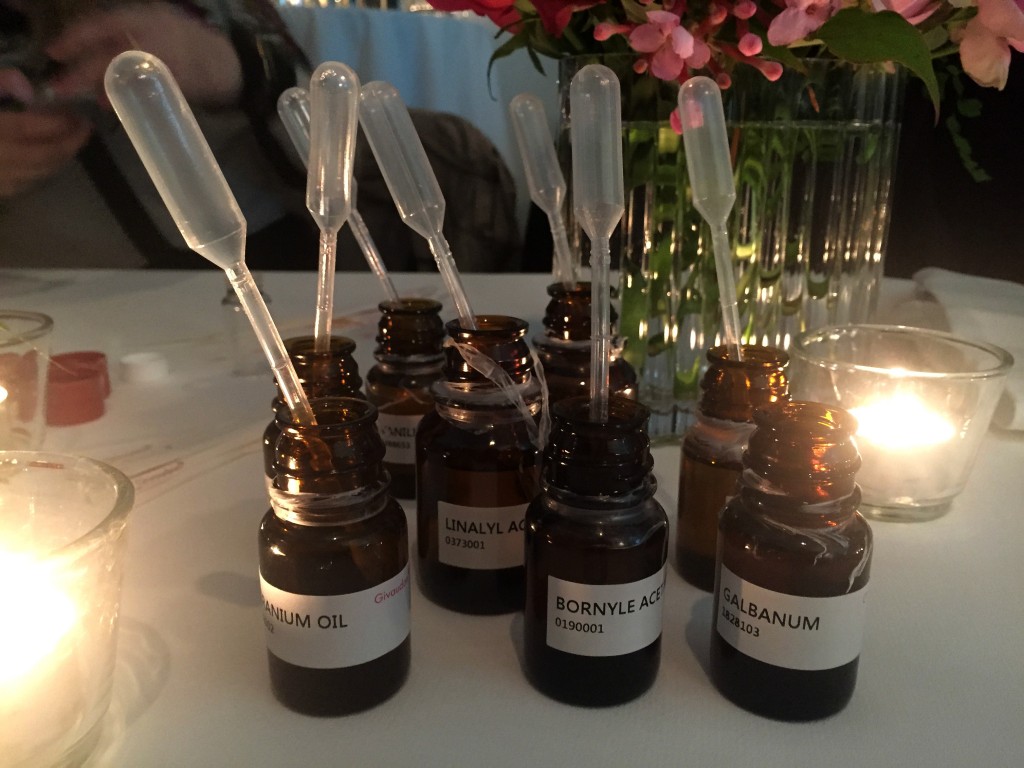Impulse Fragrances launched their overwhelmingly fun, energetic and feminine perfume in a spray last week in Melbourne and Couturing was there to learn the science behind perfumery – and capture the delicious scents!
The art of perfume has long held a place of intricate and exquisite detail in the making of original scents, often extracted from some of the world’s most beautiful raw materials. Flowers, spices, balsams and woods are just a few natural ingredients that make up the mysterious world of perfumery. Coupled with synthetic chemicals, alcohol and sometimes water, these scents are carefully constructed and placed into unique bottle packaging.
How are the oils extracted?
Oils are extracted from plant substances by several methods including distillation, solvent extraction, expression and enfleurage. In distillation, steam is passed through plant material held in a still, whereby the essential oil turns into gas. This gas is then passed through tubes, cooled and liquefied. Solvent extraction is a process that pours benzene or petroleum ether over flowers in a tank and places ethyl alcohol over any waxy material that contains the oil. Expression is the oldest method of extraction whereby the fruit or plant is mechanically pressed until all the oil is squeezed out. The most rare and costly procedure is Enfleurage where the flowers are removed by hand and spread on glass sheets coated with grease. Once the blossoms are pressed, the grease absorbs their fragrance and produces pure oils.
Eau de Toilette VS Eau de Parfum…
Ever wondered what the difference is between EdT and EdP? Fragrance experts say you can differentiate the two by the concentration of aromatic compounds in a solvent. The intensity and longevity of the scent can be distinguished by their characteristics. Eau de Toilette is typically under 10% aromatic compounds and lasts between two and four hours while Eau de Parfum may last up to six hours. This is because of its 10-20% aromatic compounds.
The structures of a perfume…
There are three structures that make up any perfume; top, middle and base notes. The top notes are the scents that are perceived immediately on application of a perfume. Usually consisting of small, light molecules that evaporate quickly, the top note form your initial impression of a perfume. The middle note form the main body of a perfume and act to mask the often-unpleasant initial impression of base notes, which become more pleasant with time. Coupled with the reaction of the middle note, the base scent of a perfume are typically rich and deep and are usually not perceived until 30 minutes after application.

Top, Middle (heart) and Base note pyramid
How to apply perfume…
The conventional application of pure perfume in western cultures is at pulse points such as behind the ears, the nape of the neck and the insides of wrists, elbows and knees. Pulse points will warm the perfume and release fragrance continuously.
Perfume is a combination of raw natural ingredients or aromatic chemicals that trigger an emotional response. Sometimes a smell can remind you of a certain place in time, this is because smell receptors are clearly connected to the limbic part of the brain where emotions and memories are stored.
World-renowned fragrance experts have redesigned Impulse for everyday ‘on-the-go’ use and gave us a sneak peak at the collection with these four delicious scents.
Illusions: hinting at tenderness and innocence, this scent bewitches the most stony of imaginations. An enchanting and angelic love charm of a scent made up from Rose and a hint of Sandalwood.
Sweet Smile: the power of a smile is instant and contagious with the sweet smell of pear and jasmine.
Romantic Spark: a love story of wild violets and warm earthy woods, this fragrance embodies the current of electricity. Channeling a floral tone, poetically feminine and above all, passionate fragrance.
Tease: A longing gaze and a hint of intrigue is the base of Impulse Tease. Blend of fragrance where sassy red fruits mix with exotic woody notes.

Impulse fragrances: Illusions, sweet smile, romantic spark and tease (left to right)
#beimpulsive
For stockists please call 1800 061 027 or visit www.impulsefragrances.com.au


Leave a Reply